Depths of the Sound
LIFE ON PILINGS
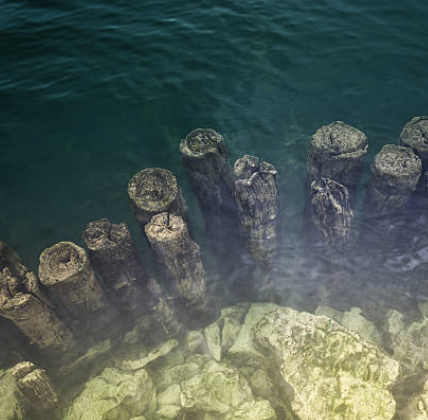
Docks and Piers
Pilings support docks, piers and a large number of marine animals. Some cling to the structure as a home base to lay eggs. Others visit to catch food flowing from the changing tides.
Attached for Life
Rock barnacles attach their heads to pilings with a cement-like substance that keeps them from washing away in crashing waves. When the tide goes out, their shells close to keep them from drying up.
Hiding in the Shadows
During the summer months, fish like tautog and northern puffer can be found around the base of pilings, searching for a meal of small crustaceans, like crabs or barnacles.
ON THE ROCKS
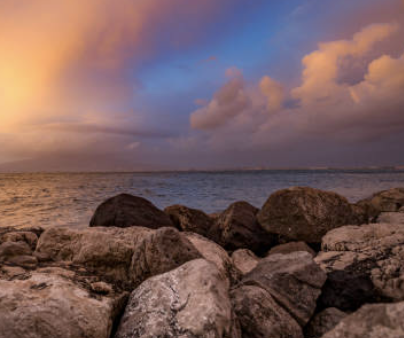

Rough Waves, Smooth Living
Flowing tides, crashing waves and exposed surfaces create a constant state of change on rocky shorelines. Animals that live here benefit from the flow of food and oxygen that arrives with each new wave.
Catching Waves? No problem.
Animals living in and around boulders have special strategies to handle the strong pull of waves and tides. Lobsters wedge under boulders for protection against predators and currents.
Gimme Shelter
Smaller animals find protection from predators in the nooks of a boulder habitat.

Docks and Piers
Pilings support docks, piers and a large number of marine animals. Some cling to the structure as a home base to lay eggs. Others visit to catch food flowing from the changing tides.
Attached for Life
Rock barnacles attach their heads to pilings with a cement-like substance that keeps them from washing away in crashing waves. When the tide goes out, their shells close to keep them from drying up.
Hiding in the Shadows
During the summer months, fish like tautog and northern puffer can be found around the base of pilings, searching for a meal of small crustaceans, like crabs or barnacles.
ON THE ROCKS


Rough Waves, Smooth Living
Flowing tides, crashing waves and exposed surfaces create a constant state of change on rocky shorelines. Animals that live here benefit from the flow of food and oxygen that arrives with each new wave.
Catching Waves? No problem.
Animals living in and around boulders have special strategies to handle the strong pull of waves and tides. Lobsters wedge under boulders for protection against predators and currents.
Gimme Shelter
Smaller animals find protection from predators in the nooks of a boulder habitat.
DEEPER WATERS
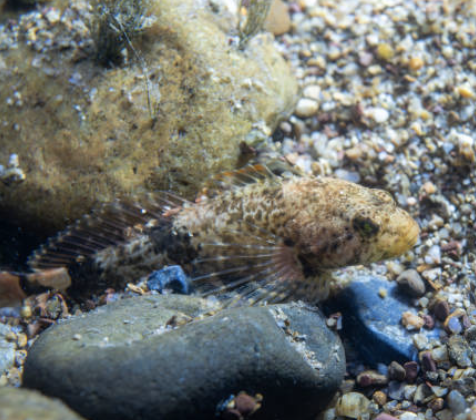
Life on the Muddy Bottom
Beyond the shoreline, ocean floors provide a variety of rich habitats - muddy, silty or rocky - are home to a variety plants and animals, many of which burrow into the ocean floor for protection against predators and currents.
Can Lobsters Make Sand Castles?
No. But they do help shape a habitat at the bottom of the Sound. They burrow under the mud while digging for food, leaving ridges and valleys that become places for other marine animals to hide.
Hovering Around the Burrow
Oyster toadfish and sculpin hang around these burrows to hide, waiting for an unsuspecting meal.
SANDY BOTTOM
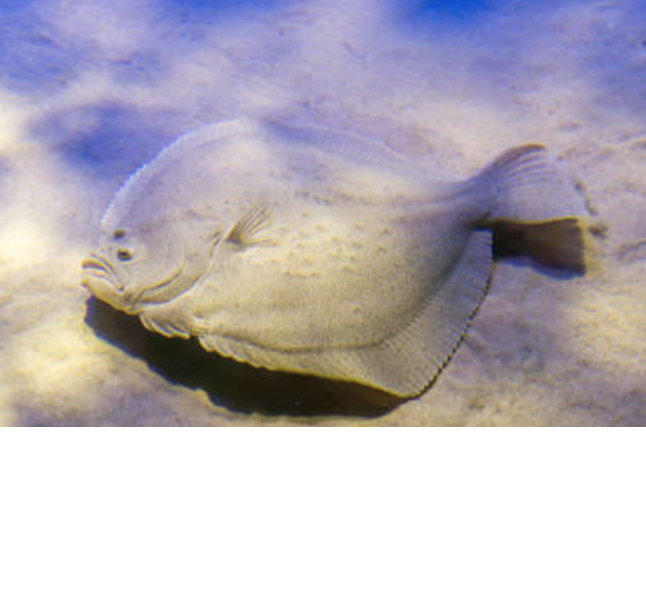

Shifting Sands
The sand on the ocean bottom is constantly moving in and out and being redistributed by the currents. Animals adapt by burying themselves in the sand. This keeps them hidden and prevents waves and tides from dragging them out to sea.
Hovering for a Meal
Hovering has its advantages for predators who dine off the ocean floor. Below the sandy surface, small animals, like worms and clams, hide. Skates hover, waiting for a meal to emerge.
Camouflage Artist Extraordinaire
Flounder have special cells in their skin that change color to match their surroundings. This is a process that occurs when the fish's eyes detect a shade shift.
A SHIPWRECK
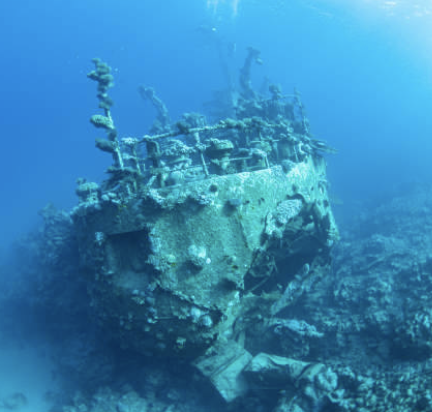



An Underwater Oasis
Sitting alone on the wide-open ocean floor, shipwrecks provide a stable hideout for open-water animals. These structures provide nooks and crannies where animals, from barnacles to wolffish, can find food and shelter. Currents bring in food and oxygen.
Eating at the Captain's Table
Many mollusks, sea urchins, crustaceans, anemones and barnacles latch onto surfaces such as shipwrecks - making them an excellent habitat for creatures like wolffish or sea ravens.
Beneath the Waves
There are over 150 documented shipwrecks in and around Long Island Sound, dating as far back as 1779.
In 1984, right off Norwalk Harbor, the tugboat Celtic was towing the barge Cape Race. The barge sank and pulled the tug down with it. Today both lie on a rocky bottom, still connected. They are a haven for both marine life and adventure divers.

Life on the Muddy Bottom
Beyond the shoreline, ocean floors provide a variety of rich habitats - muddy, silty or rocky - are home to a variety plants and animals, many of which burrow into the ocean floor for protection against predators and currents.
Can Lobsters Make Sand Castles?
No. But they do help shape a habitat at the bottom of the Sound. They burrow under the mud while digging for food, leaving ridges and valleys that become places for other marine animals to hide.
Hovering Around the Burrow
Oyster toadfish and sculpin hang around these burrows to hide, waiting for an unsuspecting meal.
SANDY BOTTOM


Shifting Sands
The sand on the ocean bottom is constantly moving in and out and being redistributed by the currents. Animals adapt by burying themselves in the sand. This keeps them hidden and prevents waves and tides from dragging them out to sea.
Hovering for a Meal
Hovering has its advantages for predators who dine off the ocean floor. Below the sandy surface, small animals, like worms and clams, hide. Skates hover, waiting for a meal to emerge.
Camouflage Artist Extraordinaire
Flounder have special cells in their skin that change color to match their surroundings. This is a process that occurs when the fish's eyes detect a shade shift.
A SHIPWRECK




An Underwater Oasis
Sitting alone on the wide-open ocean floor, shipwrecks provide a stable hideout for open-water animals. These structures provide nooks and crannies where animals, from barnacles to wolffish, can find food and shelter. Currents bring in food and oxygen.
Eating at the Captain's Table
Many mollusks, sea urchins, crustaceans, anemones and barnacles latch onto surfaces such as shipwrecks - making them an excellent habitat for creatures like wolffish or sea ravens.
Beneath the Waves
There are over 150 documented shipwrecks in and around Long Island Sound, dating as far back as 1779.
In 1984, right off Norwalk Harbor, the tugboat Celtic was towing the barge Cape Race. The barge sank and pulled the tug down with it. Today both lie on a rocky bottom, still connected. They are a haven for both marine life and adventure divers.